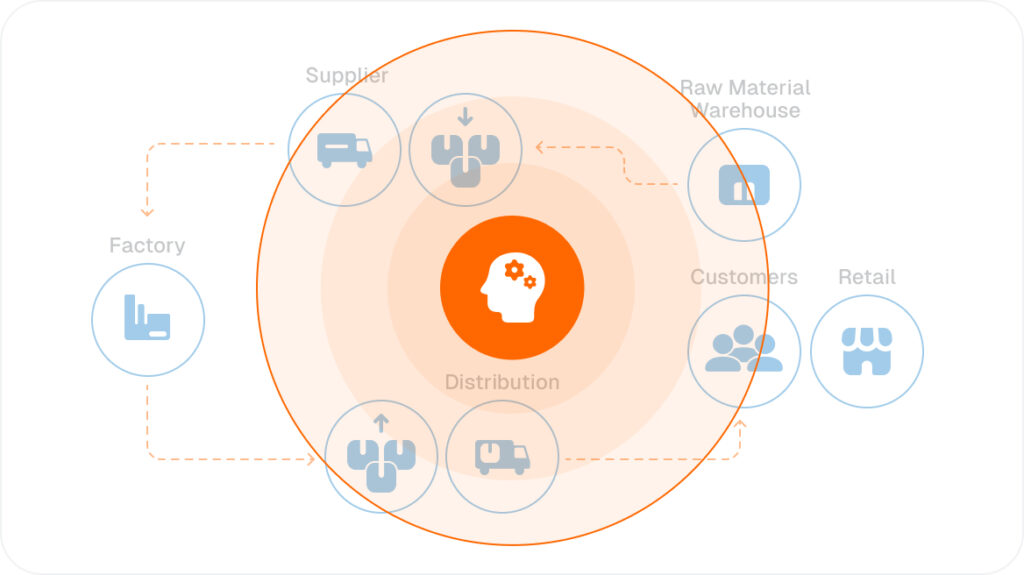

Accelerate Supply Chain Planning With TigerGraph
Annual US Expenditures on Transportation
Companies Leading the Revenue Growth with Supply Chain
Accuracy of Retail Inventory Records
Managing Supply Chains Effectively Is Essential for Business Success
Many global corporations are managing multiple supply chains, and dependent on those operations to not only deliver goods on time but to respond to divergent customer and supplier needs. With $688B spend on transportation and 3.5M trucks on the road, the difference between success and failure lies in the ability to reduce the risk of operational disruption, increase site reliability, improve supplier relationship management, and manage plant operations in a cost-effective manner. Supply chain success correlates with the business success: 79% of companies who outperform at supply chain also outperform in terms of revenue growth.
Read More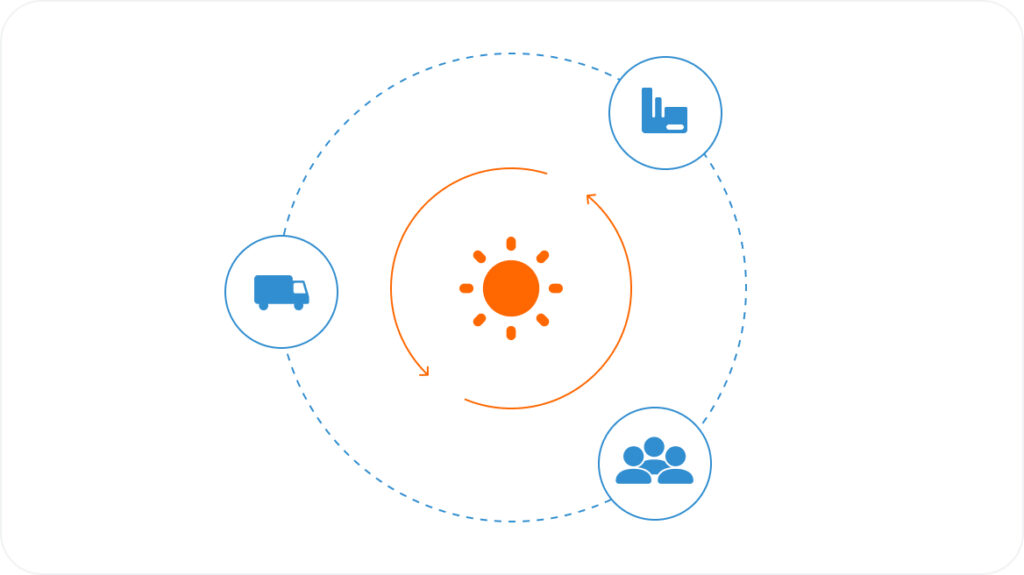
Legacy Systems Are Inadequate for Managing Supply Chains
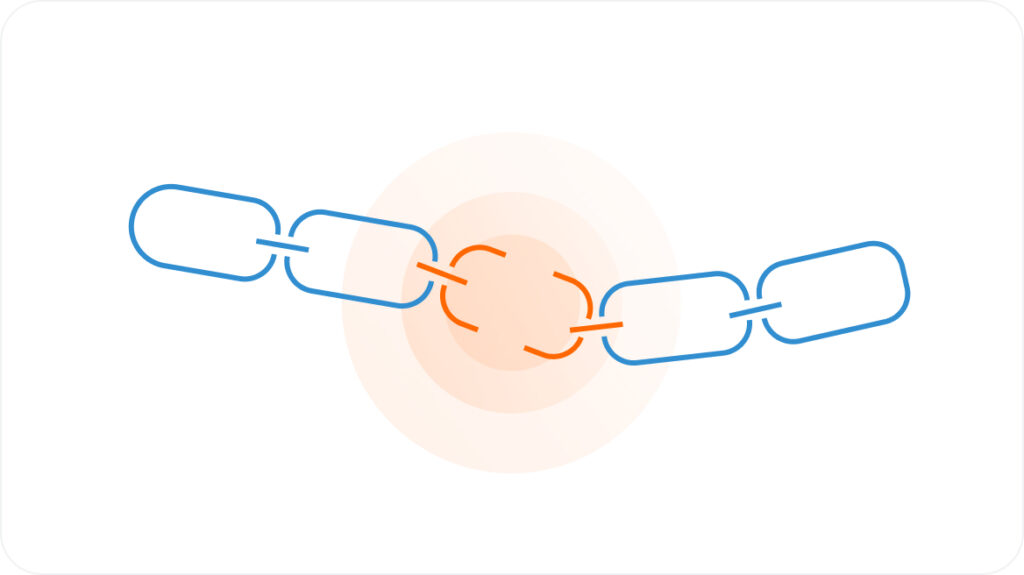

Database for Supply Chain Analysis?
Manage Supply Chains Efficiently With Deep Link Analytics
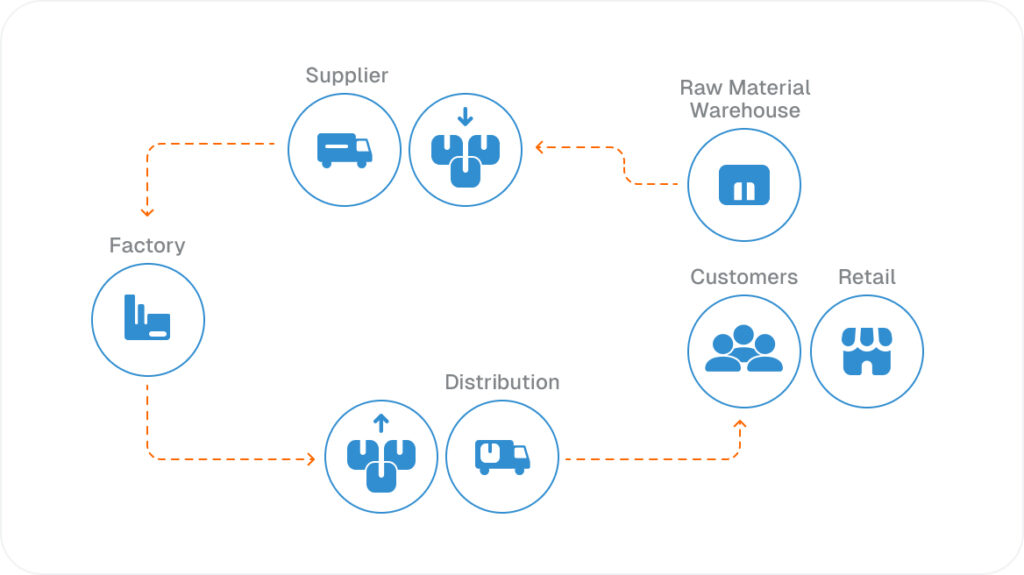
Manage Supply Chains Effectively With Real-Time Analytics
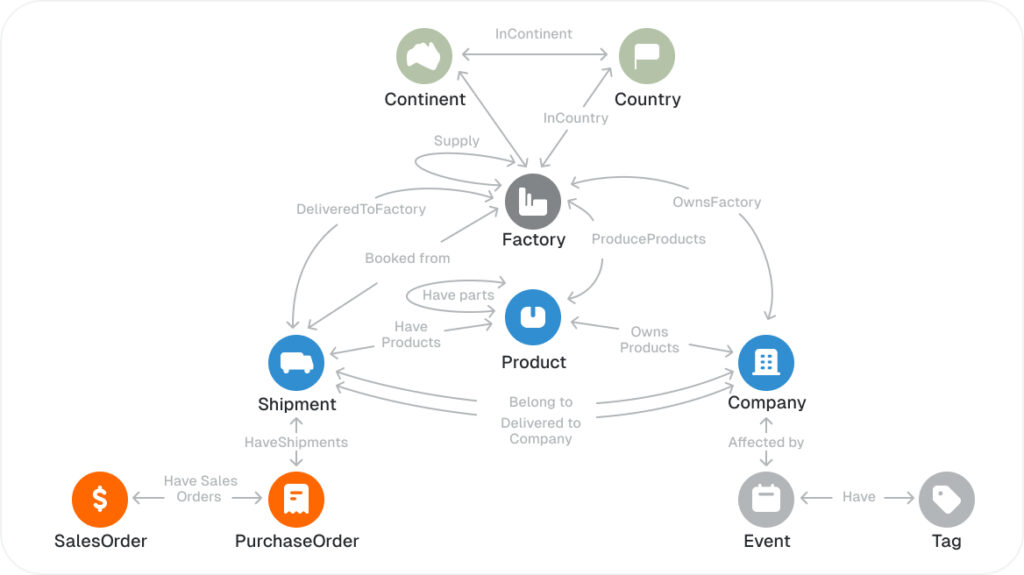
Improve Supply Chain Management With Improve Machine Learning
Although humans are still asked to make decisions when extraordinary disruptions occur, AI-assisted supply chain analytics can provide vital advice in such cases. TigerGraph generates new features for machine learning based on the analysis of as many as 10 or more levels in the supply chain. These graph computed features are fed into the machine learning solution as training data, improving the accuracy of the machine learning solution for the prediction of supply chain disruptions.
Read More